Leading market players are investing heavily in research and development in order to expand their product lines, which will help the marine fuel optimization market, grow even more. Market participants are also undertaking a variety of strategic activities to expand their footprint, with important market developments including new product launches, contractual agreements, mergers and acquisitions, higher investments, and collaboration with other organizations. To expand and survive in a more competitive and rising market climate, marine fuel optimization industry must offer cost-effective items.
Manufacturing locally to minimize operational costs is one of the key business tactics used by manufacturers in the marine fuel optimization industry to benefit clients and increase the market sector. In recent years, the marine fuel optimization industry has offered some of the most significant advantages to market.
Major players in the marine fuel optimization market attempting to increase market demand by investing in research and development operations include DNV-GL AS (Norway), ABB Ltd. (Switzerland), Siemens AG (Germany), Eniram Oy (Finland), Krill Systems (U.S), Nautical Control Solutions LP (U.S), Bergan Blue (U.S), Banlaw Systems (Europe) Ltd (U.K), The Emerson Electric Company (U.S) and Interschalt Maritime Systems GmbH (Germany).
Innovative solutions are offered by Emerson Electric Co. to clients in the commercial, industrial, and residential markets. The company sells a variety of items, including electrical distribution equipment, pneumatic devices, industrial valves, fluid control, pneumatic mechanisms, and measurement and analytical instrumentation. Additionally, it offers services including process automation, smart wireless, consultancy, training, and post-project support. It also offers modernization and migration services.
Electricity and automation technologies and solutions are offered by ABB Ltd. The business provides goods, systems, services, and solutions for electrification, motion, and industrial automation. Its offers harness power reliability, boost industrial productivity, and improve energy efficiency, and its solutions incorporate engineering know-how and software. ABB offers its goods directly to consumers as well as through third-party channel partners as distributors, installers, wholesalers, machine manufacturers, original equipment manufacturers, and system integrators.
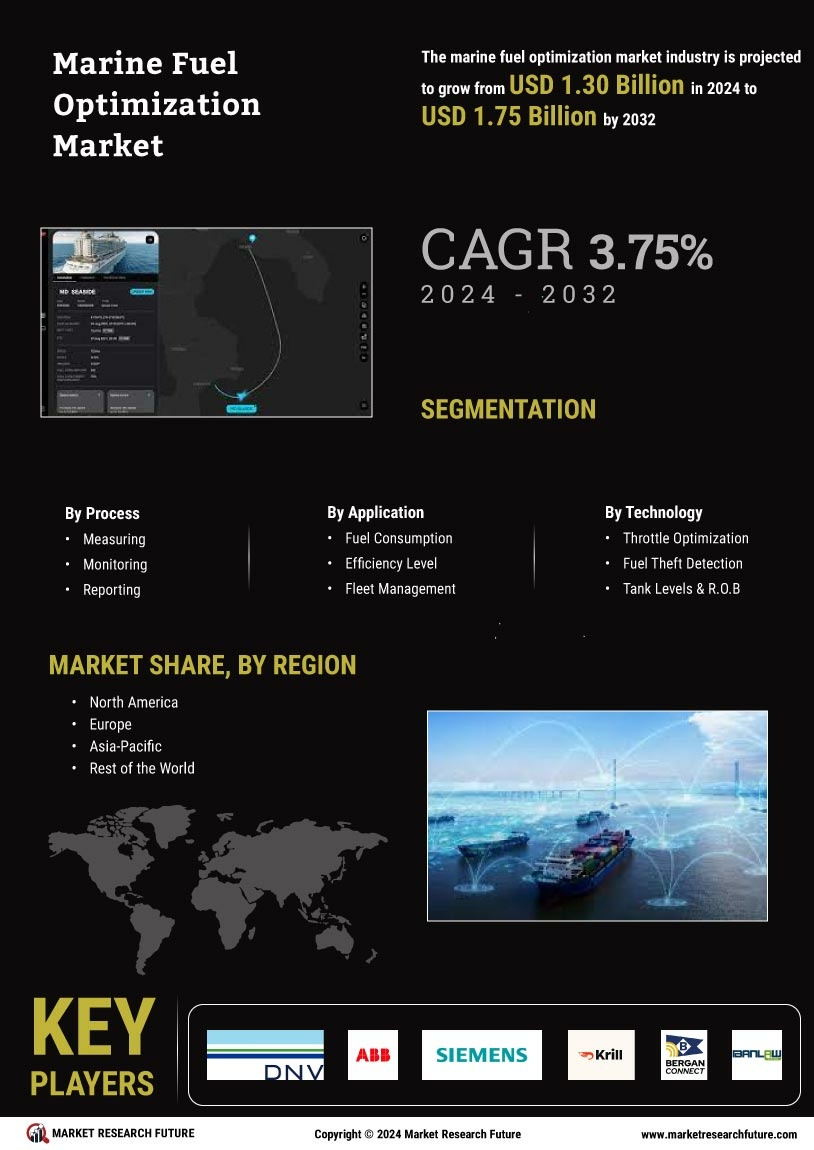

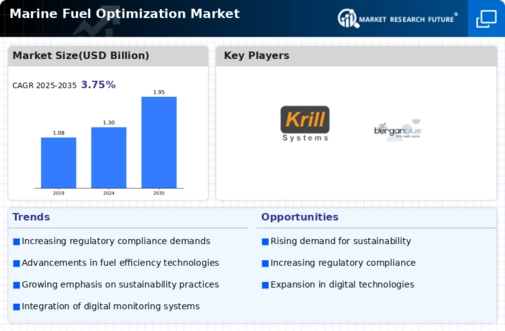
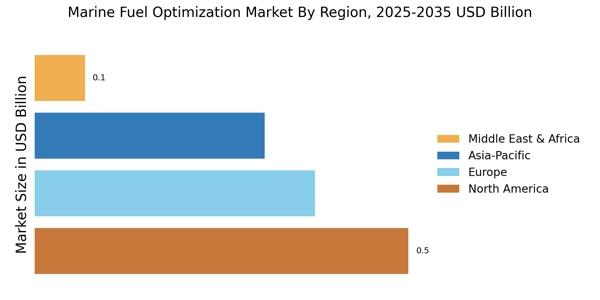
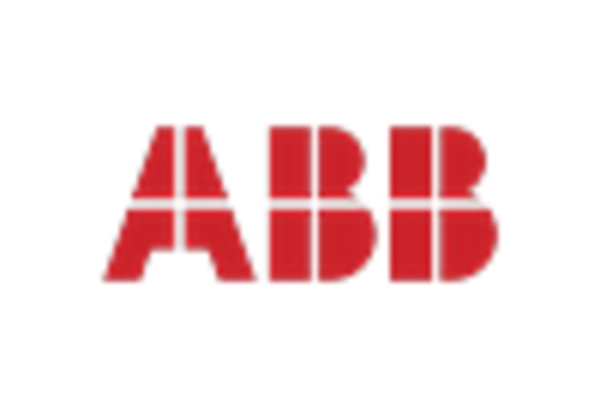
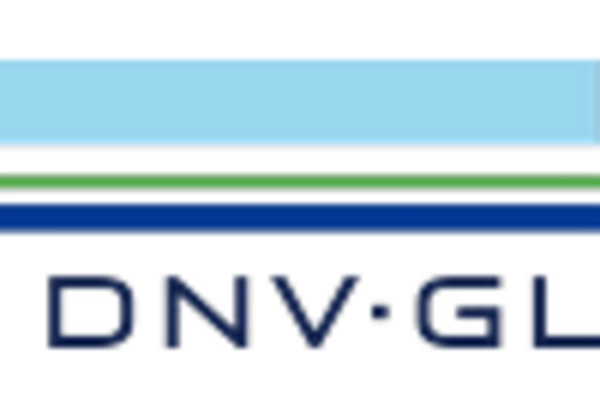

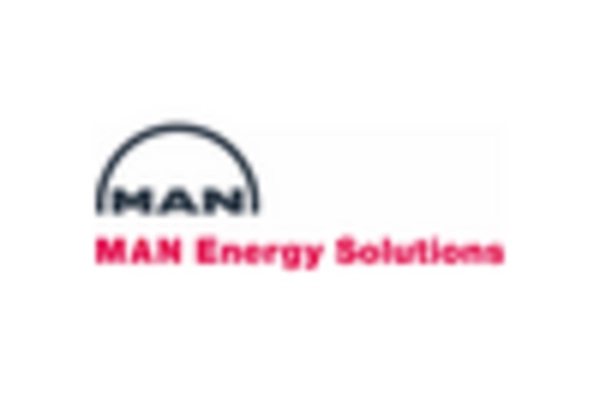
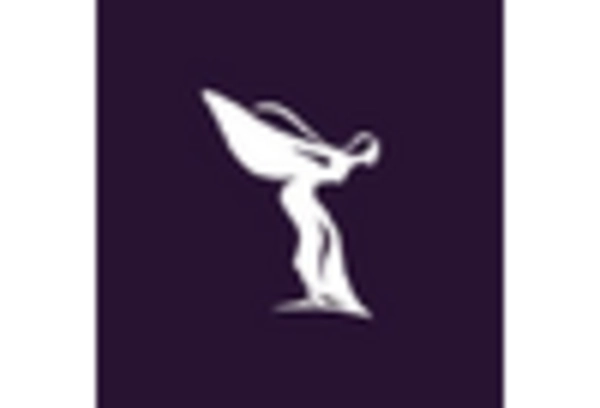
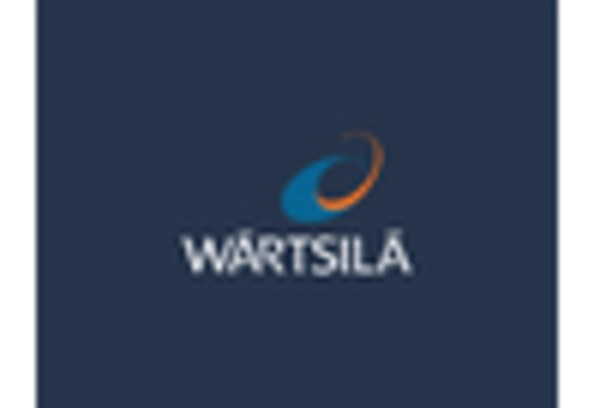








Leave a Comment